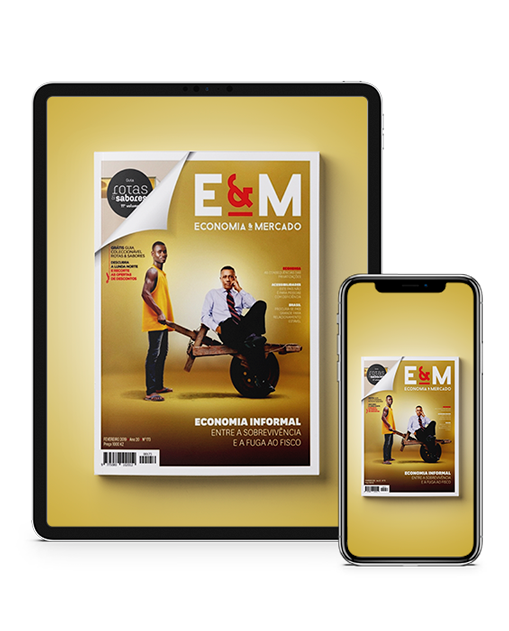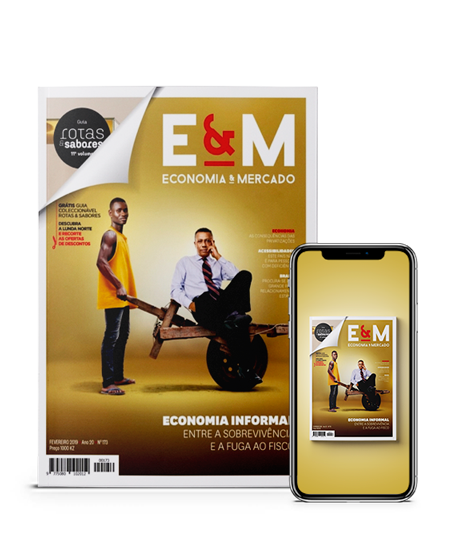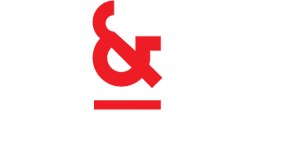As autoridades monetárias têm criado um dinamismo substancial do mercado cambial, corrigindo um considerável desequilíbrio nas contas externas do país, ao mesmo tempo que melhoraram a gestão das reservas internacionais e democratizaram mais a venda de divisas. Esse desempenho evidenciou-se com particular destaque na depreciação cambial do Kwanza face às principais contrapartes, visto que, entre Janeiro de 2018 e Dezembro de 2020, se assistiu a uma depreciação acumulada do Kwanza face em relação ao dólar, de 74,72%, ao fixar-se em 656,255 USD/AOA, de 76,97%, face ao Euro, ao fixar-se em 805,117 EUR/AOA, e de 69,83% face ao rand sul-africano, ao fixar-se em 44,411 ZAR/AOA, só para citar essas.
Ao longo do presente ano, as taxas de câmbio têm invertido a tendência de depreciação assistida nos últimos anos e seguido uma tendência de estabilidade e ligeira apreciação nalguns casos, em linha com a manutenção da política monetária restritiva por parte do Banco Nacional de Angola (BNA), a redução do poder de compra dos consumidores e das empresas e da manutenção de medidas restritivas à mobilidade das pessoas e mercadoria, com vista a reduzir as possibilidades de propagação da Covid-19 pelo país.
Nesta conformidade, a taxa de câmbio do dólar norte-americano registou apreciação de 2,76% ao longo dos primeiros sete meses do presente ano. Ao fixar-se em 638,622 USD/AOA, a taxa de câmbio ficou abaixo dos 656,255 USD/AOA, apurada em Dezembro de 2020, muito pressionada pela apreciação de 4,12%, registada em Fevereiro de 2021. Destaca-se que, para o fecho do ano, instituições como a Fitch e The Economist apontam para uma apreciação de perto dos 2,99% e 1,51% para 637,2 USD/AOA e 646,51 USD/AOA, respectivamente. Esta perspectiva poderá inverter a tendência de depreciação apurada em 2018 (46,28%), em 2019 (35,03%) e 2020 (27,56%), o que poderá reflectir uma maior estabilidade no mercado.
Paralelamente, a moeda única europeia, o Euro, apurou uma apreciação de 5,96%, ao situar-se em 759,865 EUR/AOA, ao longo do período em referência. Diferentemente da apreciarão registada pelo dólar, a moeda única europeia registou perdas significativas face ao Kwanza nos primeiros meses de 2021 - Janeiro (+1,93%), Fevereiro (+4,37%) e Março (+3,22%) – em linha com a depreciação da moeda registada nos mercados internacionais e a redução da procura externa de Angola. Por exemplo, as importações de bens e serviços, só no I Trimestre de 2021, de acordo com os dados do BNA, registaram uma redução de USD 200 milhões para USD 3 837,2 milhões, num contexto de manutenção das restrições na mobilidade das pessoas e de capitais.
Leia o artigo completo na edição de Outubro, já disponível no aplicativo E&M para Android e em login (appeconomiaemercado.com).
The reversal of the depreciating trend of the Kwanza exchange rate
The foreign exchange market has shown considerable development over the past four years, since the change of the fixed exchange rate regime in January 2018, after the Kwanza had been pegged to the US dollar at 165 KZ/USD and to the Euro at 186 KZ/Euro since April 2016, respectively.
The monetary authorities have created substantial dynamism in the forex market, correcting a considerable imbalance in the country’s external accounts while improving the management of international reserves and further democratizing the sale of foreign currency. This performance was clearly emphasized by the depreciation of the exchange rate of the Kwanza against major higher-value currencies. Between January 2018 and December 2020, there was an accumulated depreciation of the Kwanza against the US dollar of 74.72%, when it settled at 656.255 USD/AOA, of 76.97% against the Euro, when it settled at 805.117 EUR/AOA, and of 69.83% against the South African rand, when it settled at 44.411 ZAR/AOA, to name just those.
Throughout this year, the exchange rate depreciation trend seen in recent years has reversed, now following a trend of stability with slight appreciation in some cases, in keeping with the Central Bank of Angola (BNA)’s restrictive monetary policy, the reduction of the purchase power of consumers and businesses and the restrictive measures on the mobility of people and goods to reduce the possibilities of spreading COVID-19 across the country.
Accordingly, the US dollar exchange rate appreciated by 2.76% over the first seven months of this year. By setting at 638.622 USD/AOA, the exchange rate was below the 656.255 USD/AOA of December 2020, highly pressured by the 4.12% appreciation registered in February 2021. It is worth noting that by year-end, institutions such as Fitch and The Economist point to an appreciation of close to 2.99% and 1.51%, placing the rate at 637.2 USD/AOA and 646.51 USD/AOA, respectively. This outlook could reverse the depreciation trend seen in 2018 (46.28%), 2019 (35.03%) and 2020 (27.56%), which could reflect greater market stability.
At the same time, the single European currency, the Euro, appreciated by 5.96% to 759.865 EUR/AOA over the period in question. Differently from the appreciation registered by the dollar, the single European currency registered significant losses against the Kwanza in the first months of 2021 - January (+1.93%), February (+4.37%) and March (+3.22%) - in line with the currency’s depreciation registered on the international markets and the reduction in Angola’s foreign demand. As an example, according to BNA data, the imports of goods and services in 1Q21, decreased by USD 200 million to USD 3 837.2 million, in a context of continued restrictions on the mobility of people and capital.
Read the full article in the October issue, now available on the E&M app for Android and at login (appeconomiaemercado.com).
.png)






.jpg)





